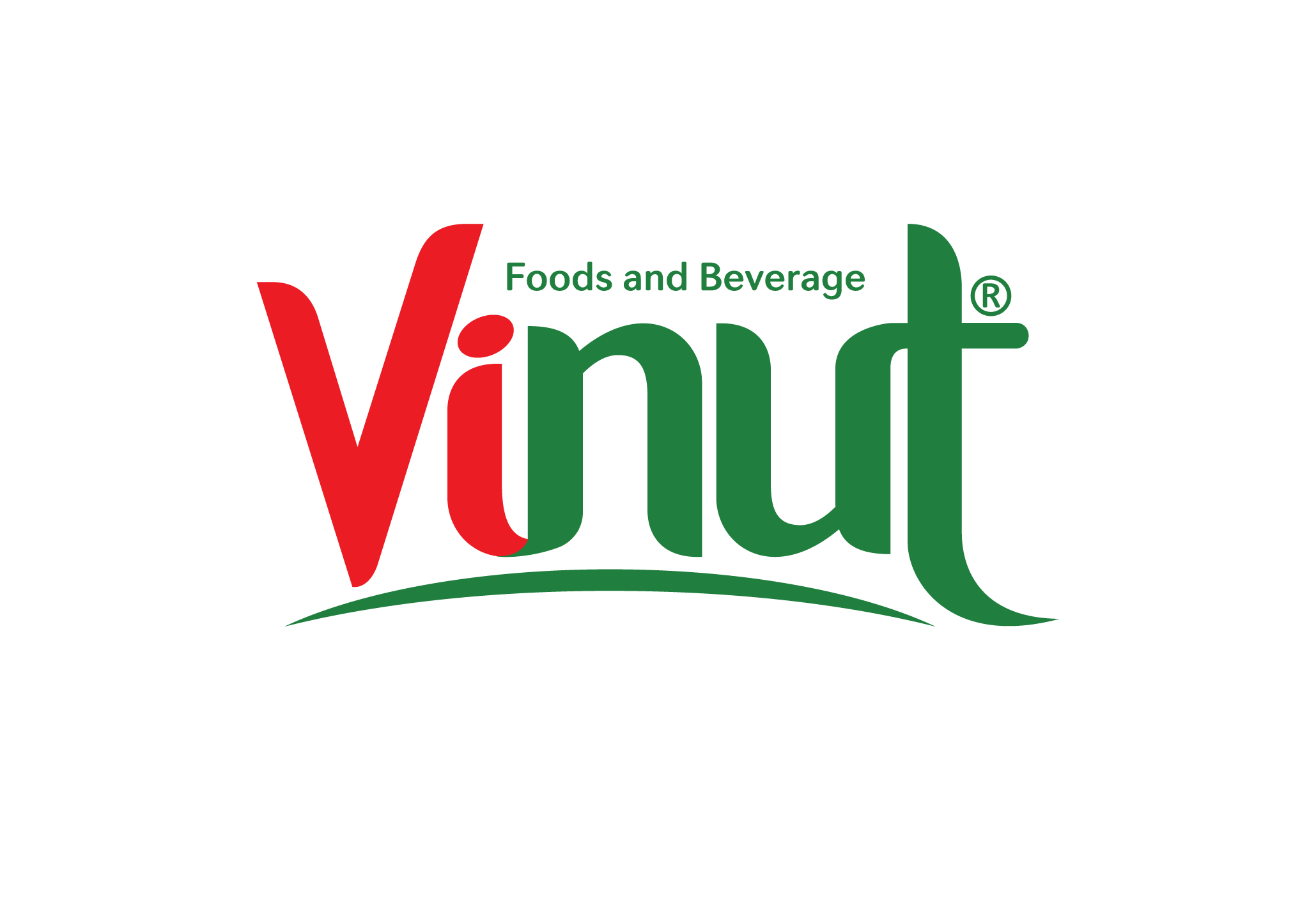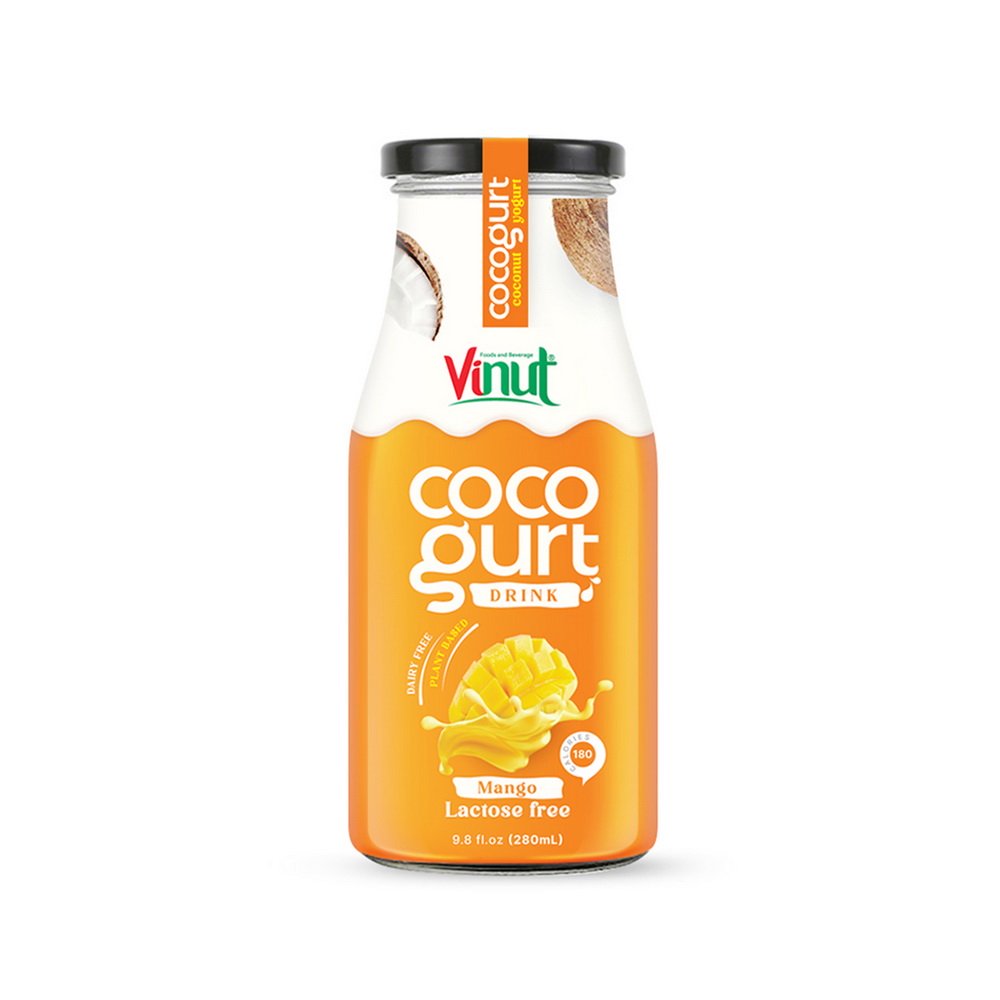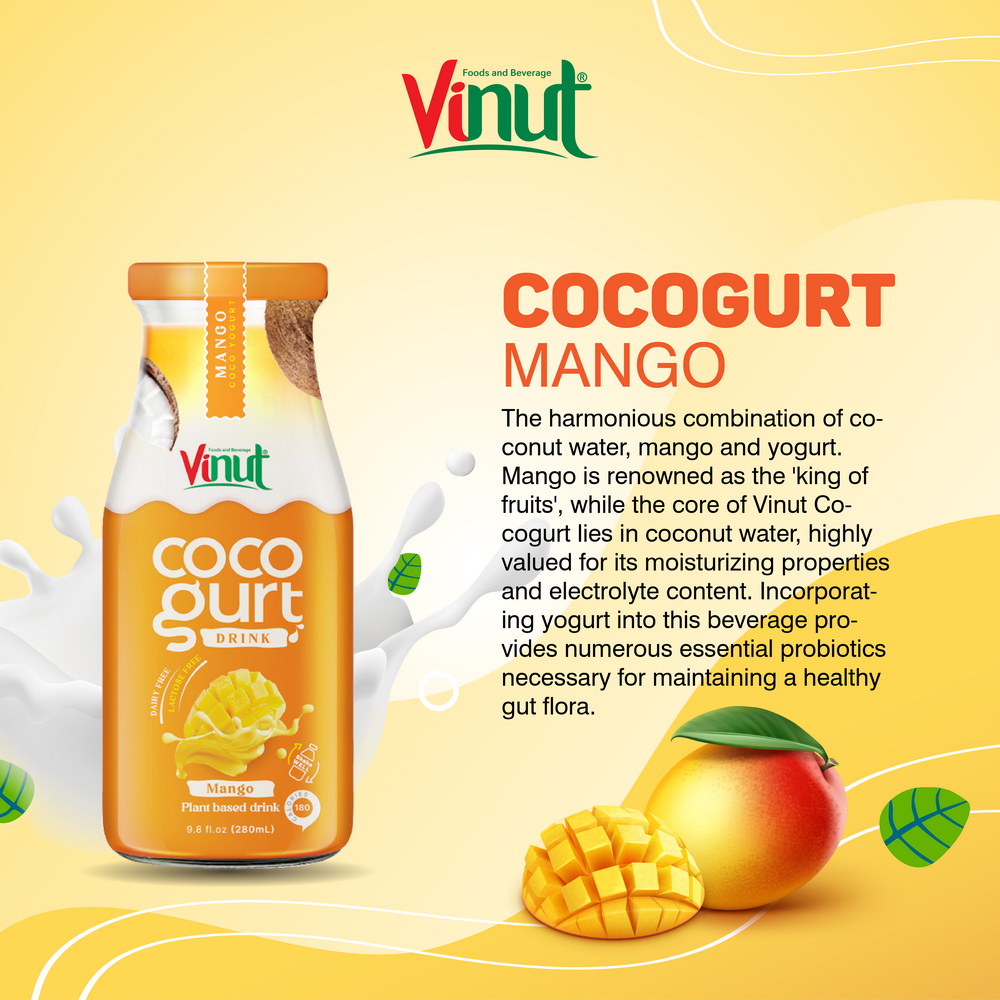Interesting things about the fasting month of Ramadan
Table of Contents
ToggleMaybe you've heard of the fasting month of Ramadan, but you don't know much about it. The fasting month of Ramadan contains many interesting things, so try exploring to understand more about it.
1. ORIGIN OF THE FAST MONTH OF RAMADAN
The month of Ramadan holds a pivotal place in the Islamic calendar and the hearts of Muslims around the world. It is a time marked by deep spiritual reflection, prayer, and fasting from dawn until sunset. The origins of the fast during Ramadan are deeply rooted in Islamic tradition and history, tracing back to the early days of Islam in the 7th century. This article explores the inception and significance of Ramadan, its historical context, and the reasons behind its observance.
The origin of the fast month of Ramadan is deeply embedded in Islamic tradition, marking a period of reflection, purification, and community. It commemorates the revelation of the Quran to the Prophet Muhammad, serving as a reminder of the birth of Islam and the responsibilities of Muslims. Through fasting, Muslims aim to achieve a greater sense of spirituality, discipline, and empathy, embodying the values taught by the Quran and the Prophet Muhammad. Ramadan, therefore, is not just a historical or religious observance but a transformative experience that impacts the spiritual and social lives of Muslims worldwide.
2. RITUALS DURING THE FASTING MONTH OF RAMADAN

During the fasting month of Ramadan, Muslims must perform the following 5 rituals:
Read aloud or recite the phrase “La Elaha Illa-Allah, Mohammadan Rasul-Allah” at the beginning of the ceremony.
During the day there will be 5 times of worship: Early morning before sunrise, before noon, mid-afternoon, just after sunset and in the evening before going to bed and still reciting the sentence “La Elaha Illa-Allah, Mohammadan Rasul-Allah”.
Muslims will donate money to charity during this time to redistribute to the poor.
Follow the regulations well during the 30 days of fasting.
Go on a pilgrimage to Mecca in Saudi Arabia.
3. DISHES TO BE EATEN DURING THE FAST MONTH OF RAMADAN

Suhur: Starting the Day Right
Suhur is the meal consumed before dawn, and it is crucial in providing energy and hydration for the day ahead. Foods eaten during Suhur are carefully chosen to ensure they are slow-releasing, to help keep one feeling fuller for longer. Here are some common dishes and food items preferred during Suhur:
- Whole Grains: Oatmeal, whole grain bread, and barley provide complex carbohydrates that are slow to digest, offering sustained energy throughout the day.
- Proteins: Eggs, cheese, yogurt, and legumes are excellent sources of protein, helping to maintain muscle mass and satiety levels.
- Fruits and Vegetables: High in fiber and vitamins, fruits like bananas, apples, and dates, as well as vegetables, help in hydration and provide essential nutrients.
- Nuts and Seeds: Almonds, walnuts, and flaxseeds are packed with healthy fats and proteins, contributing to energy levels and promoting a feeling of fullness.
Iftar: Breaking the Fast
The breaking of the fast at sunset, or Iftar, is often done with dates and water, following the tradition of the Prophet Muhammad. Dates are high in natural sugars, providing a quick energy boost. Water helps rehydrate the body. After the initial breaking of the fast, a larger meal is enjoyed, which varies greatly across different cultures but often includes the following:
- Soups and Broths: Soups such as lentil soup, chicken soup, or the Moroccan Harira are gentle on the stomach and help with hydration.
- Salads: Fresh salads, like fattoush or tabbouleh, provide essential vitamins and are light on the stomach.
- Main Courses: Dishes with rice, such as biryani or pilaf, alongside protein sources like chicken, beef, lamb, or fish, are common. Vegetarian options might include stuffed vegetables or lentil dishes.
- Vegetables: Cooked or grilled vegetables accompany the main course, providing fiber and nutrients.
- Desserts: Sweets and desserts, though consumed in moderation, are a part of Iftar. Popular options include baklava, kunafa, or rice pudding.
Cultural Variations
The diversity of Ramadan dishes reflects the rich tapestry of the Muslim world. For instance:
- Middle East: Iftar meals often start with dates and laban (a yogurt drink), followed by mezze (small dishes), main courses like kibbeh or stuffed grape leaves, and sweets such as baklava.
- South Asia: Iftar in countries like India, Pakistan, and Bangladesh may include fruit chaats, samosas, pakoras, and sweets like jalebi, alongside main dishes of biryani or haleem.
- Southeast Asia: In Indonesia and Malaysia, popular Iftar foods include dates, followed by savory snacks, soups like Soto, and main dishes such as rendang or satay, with sweet drinks to refresh.
Nutritional Considerations
Maintaining a balanced diet during Ramadan is crucial. The choice of Suhur and Iftar meals should ensure a good intake of carbohydrates, proteins, healthy fats, vitamins, and minerals. Hydration is also a key factor, with plenty of water consumed during non-fasting hours to avoid dehydration.
4. FESTIVALS DURING THE FAST MONTH OF RAMADAN

For Muslims, the fasting month of Ramadan is considered the happiest month, so they end with the Eid al-Fitr festival.
During the ceremony, people wear their best clothes, decorate their homes lavishly, and visit friends. The atmosphere is like Tet. Generosity and gratitude are an important part of Eid al-Fitr.
We invite you to experience the delightful flavors and refreshing experience that Vinut offers. Come to discover your favorite beverage, and be a part of a tropical journey that promises both taste and health.



